
When you think about it, the human defense system is really lacking. Unlike other animals, we can’t shoot poison out of our body. We don’t have bony armour to hide behind. Our fingernails can’t even be fashioned into a decent claw. Formidable spikes are one of of these crazy, enviable ways animals have to defend themselves against potential predators.
A few of these spiny, spiky creatures that could poke your eye out in the wild. Here’s a sample of the terrifying moving cacti of the animal kingdom.
1. The short-beaked echidna
This Australian mammal looks like a giant hedgehog crossed with an anteater and lays eggs, much like a platypus. The average 9-pound echidna is covered in spikes and will curl up in a ball if threatened. One researcher who has spent time with the animals calls them “spiky baby killers” due to the males’ habit of eating their young.
2. The hairy frog
Also known as the “horror frog,” this African species pierces its own skin with sharp bones in its toes, turning a normal foot into a terrifying claw. The fist-sized amphibians are hunted as food in their native Cameroon - but only using long spears and machetes that keep them at a distance.
3. The armoured rat
The armoured rat is covered in “impressively broad and stiff” spines up to an inch long. A native of South America, it looks exactly like the subway rat of your nightmares.
4. The spined spider
Micrathena spiders, found in forests, look kind of like a bug that swallowed a jack. The females of the species have pointy, sharp growths extending from their abdomen that make them unappealing to predators. And us.
5. The Spanish ribbed newt
When threatened, this amphibian rotates its ribs until they pierce through its skin, creating spiny nodules covered in toxic secretions. This is not the kind of animal you want to sneak up on.
6. Potto
The potto is a small, nocturnal primate that lives in trees throughout the tropical regions of Africa. They look plenty cuddly from the outside (not unlike a loris), but when attacked, they curl their necks down to reveal protective spines hidden under the skin.
7. Hatpin urchin
Do not poke the hatpin urchin, whose needle-like spikes are toxic and can be up to a foot long. Centrostephanus longispinus can be found in the Atlantic Ocean and the Mediterranean. The urchins hide in rocky crevices during the day, and come out to forage at night.
8. Thorny dragon
Also known as the thorny devil, this Australian native is covered with sharp thorns that look like what you would find on a rose stem. The desert lizards are only a few inches long and stick to a diet of a few thousand ants a day, but they look battle-ready at all times. When a predator shows up, thorny dragons puff their bodies up - sticking out their spines - and tuck their heads down to reveal a spiny appendage that looks like a false head, making them hard for a snake to get its mouth around.

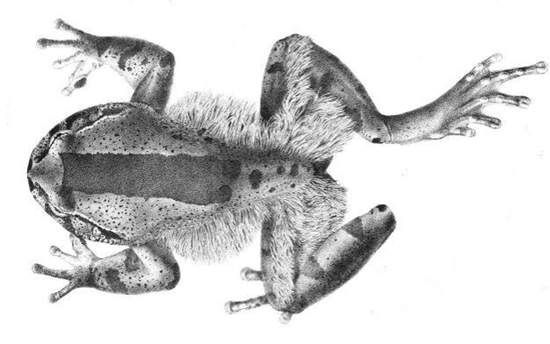
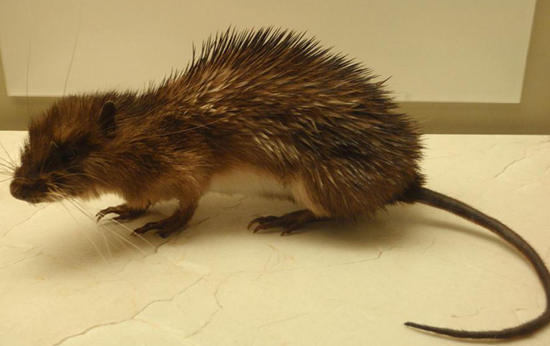

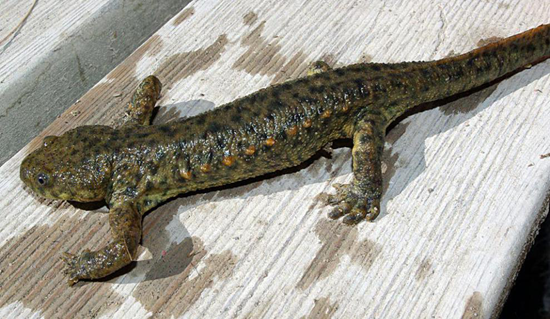
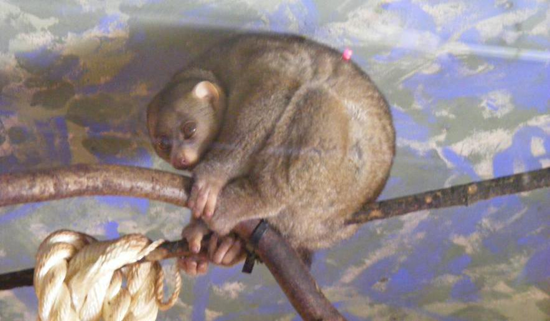

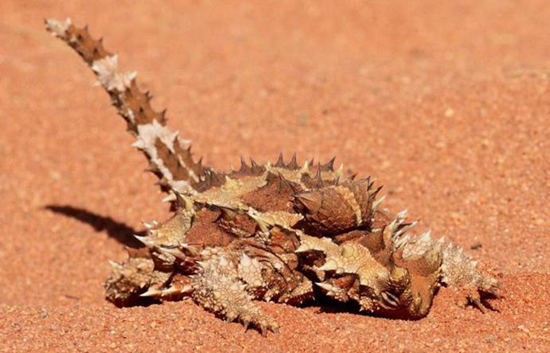
No comments:
Post a Comment
Please adhere to proper blog etiquette when posting your comments. This blog owner will exercise his absolution discretion in allowing or rejecting any comments that are deemed seditious, defamatory, libelous, racist, vulgar, insulting, and other remarks that exhibit similar characteristics. If you insist on using anonymous comments, please write your name or other IDs at the end of your message.